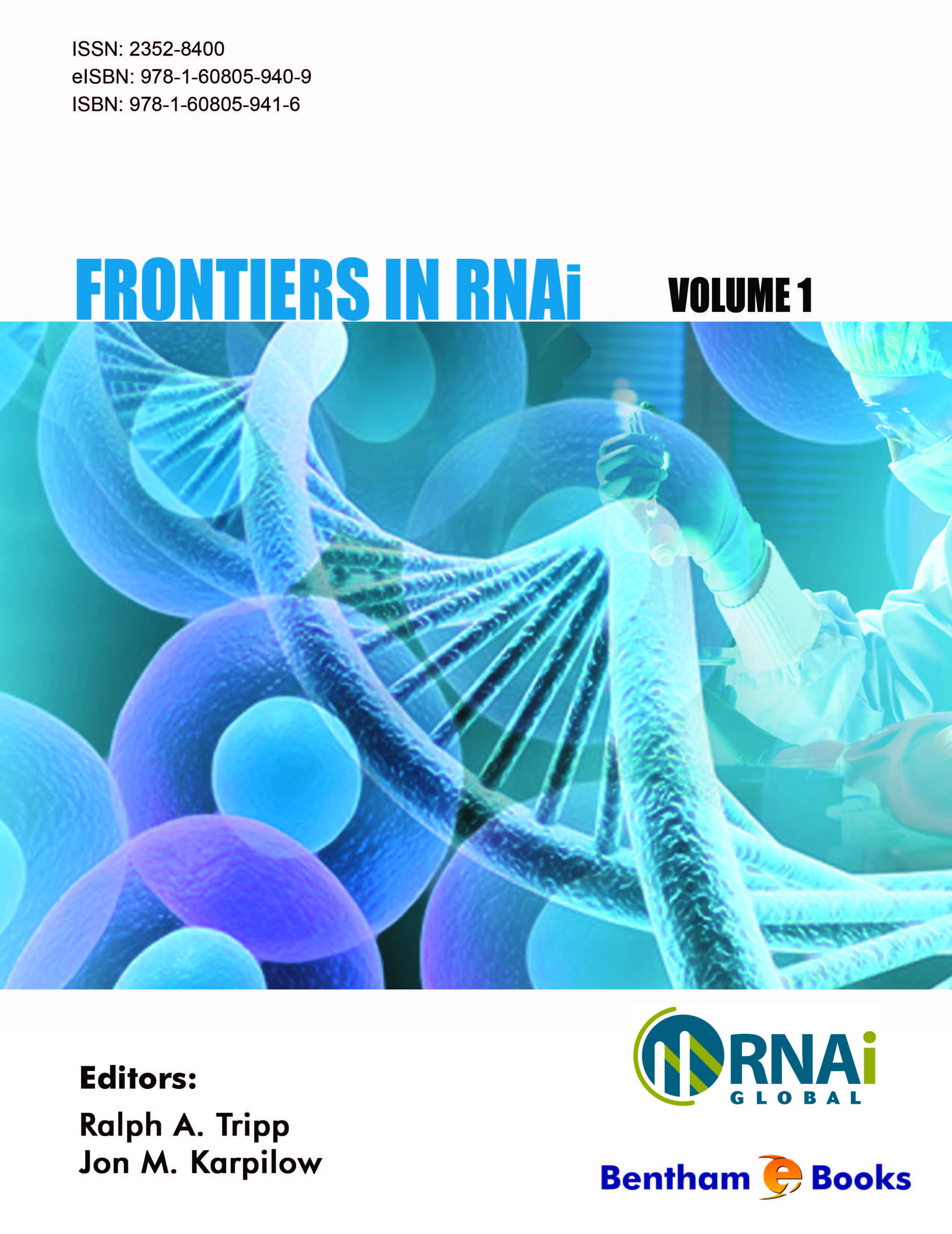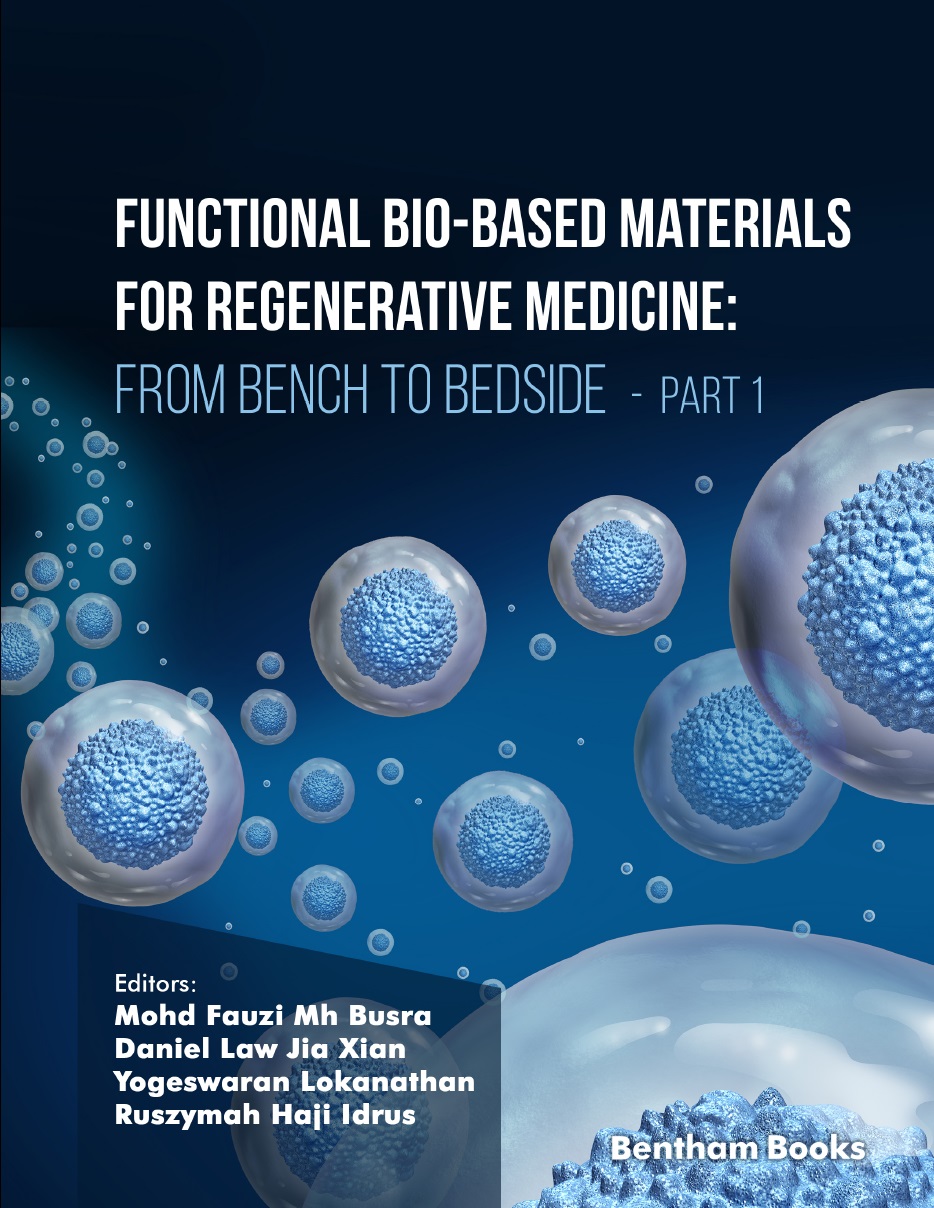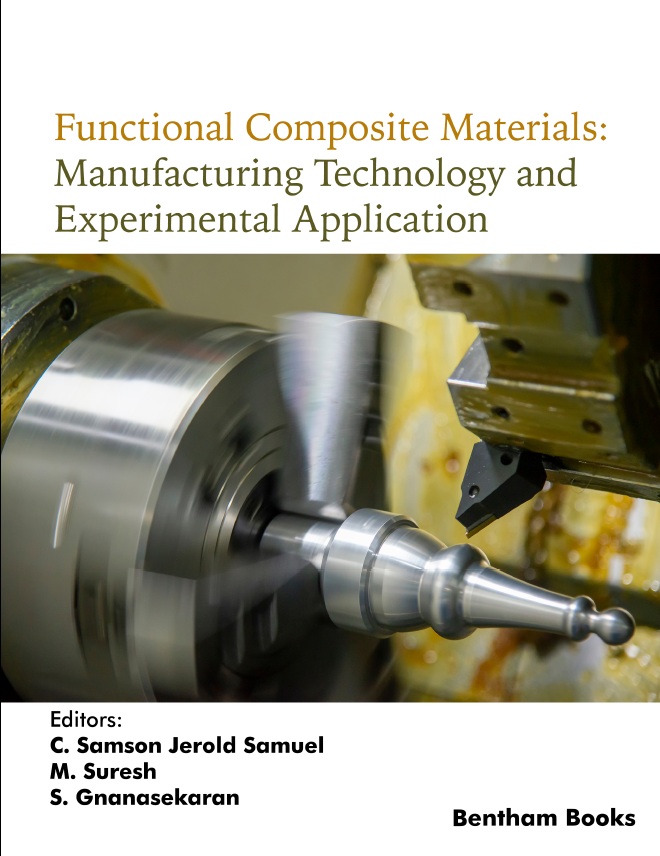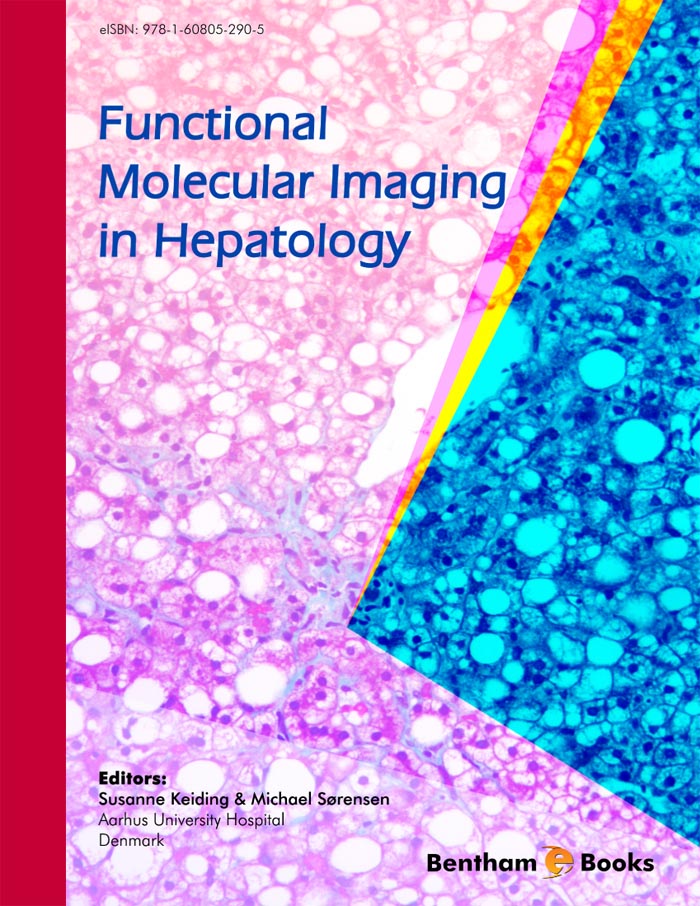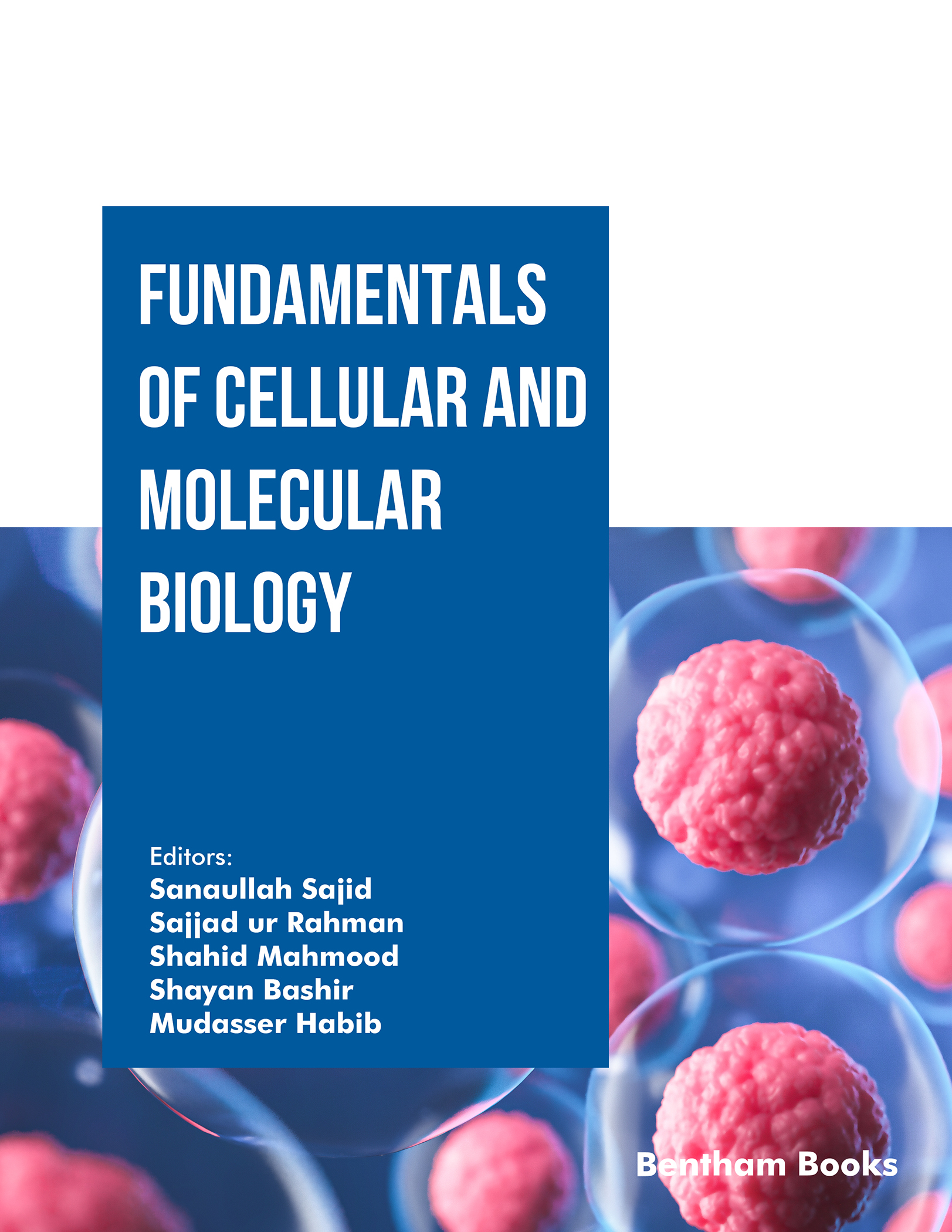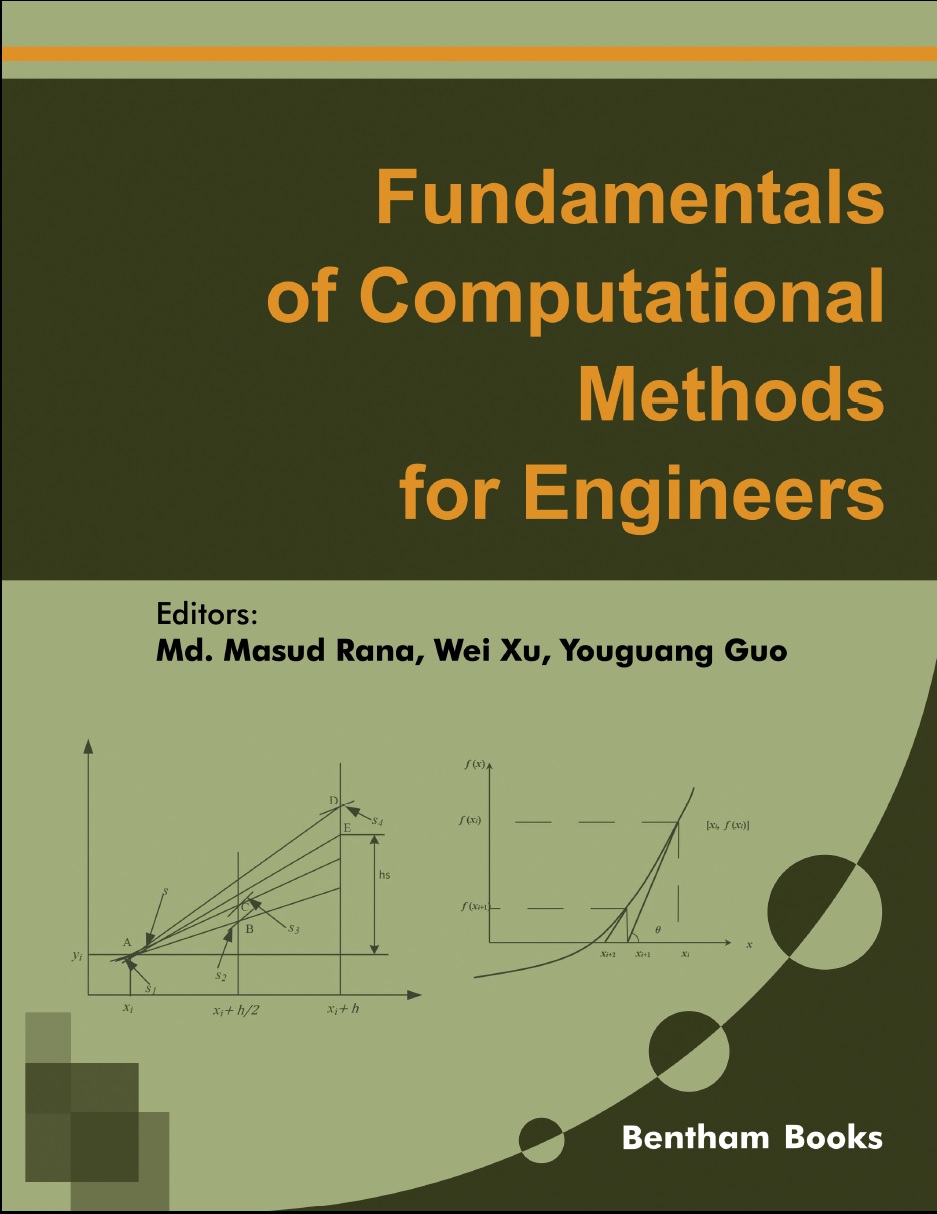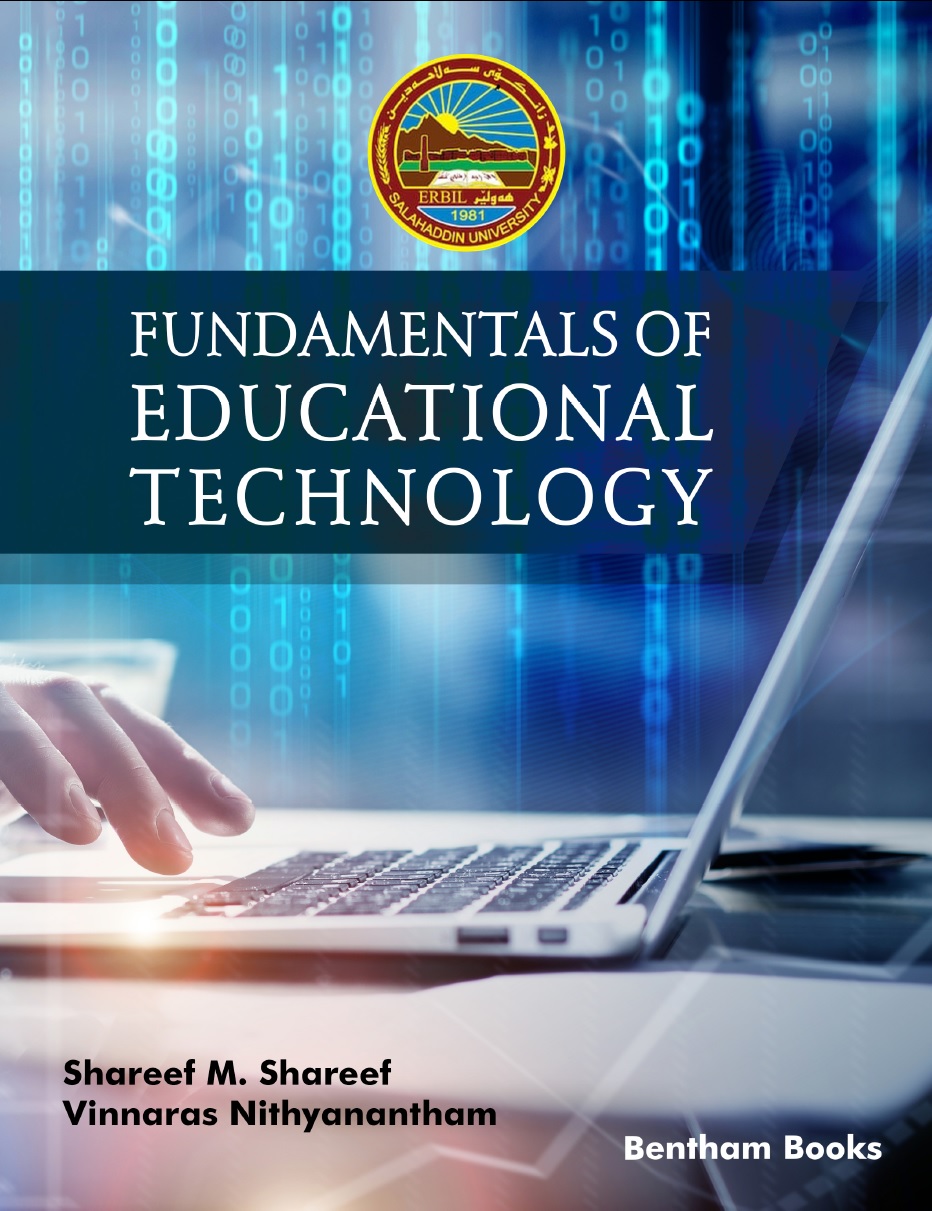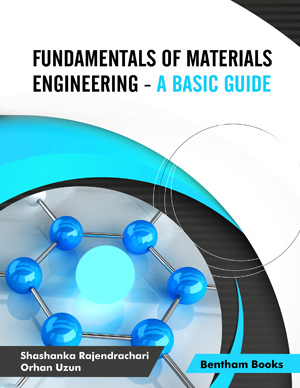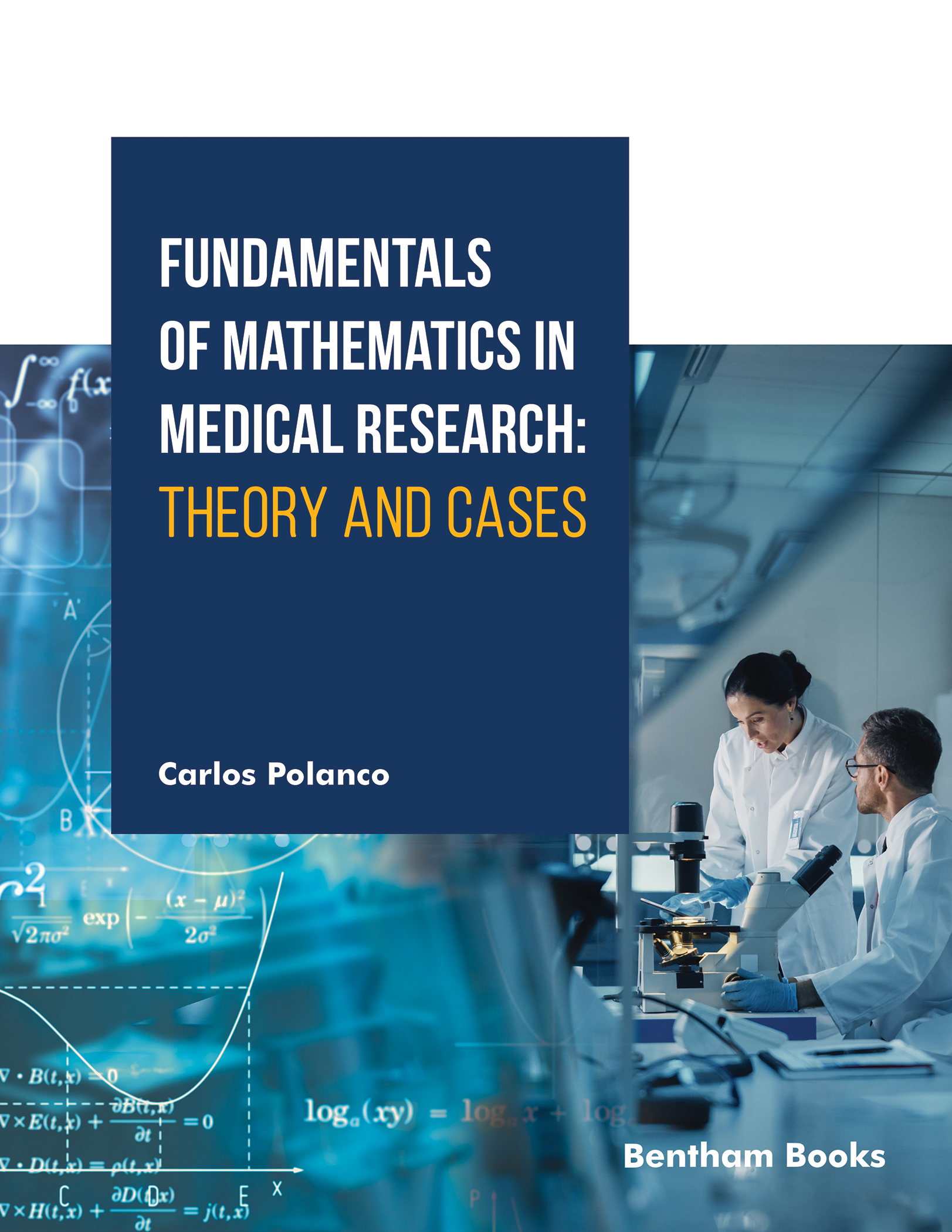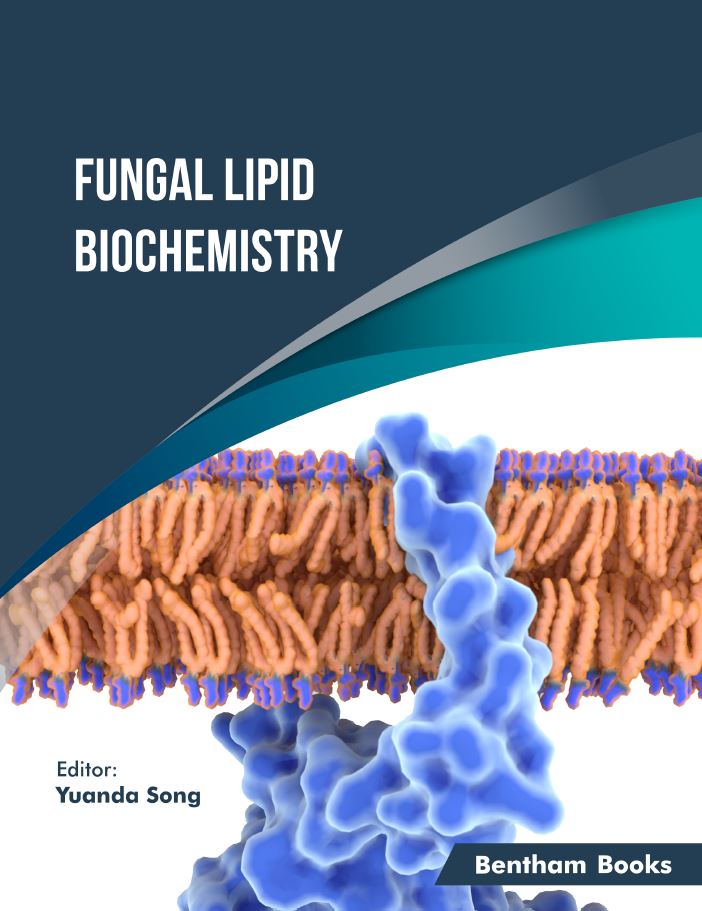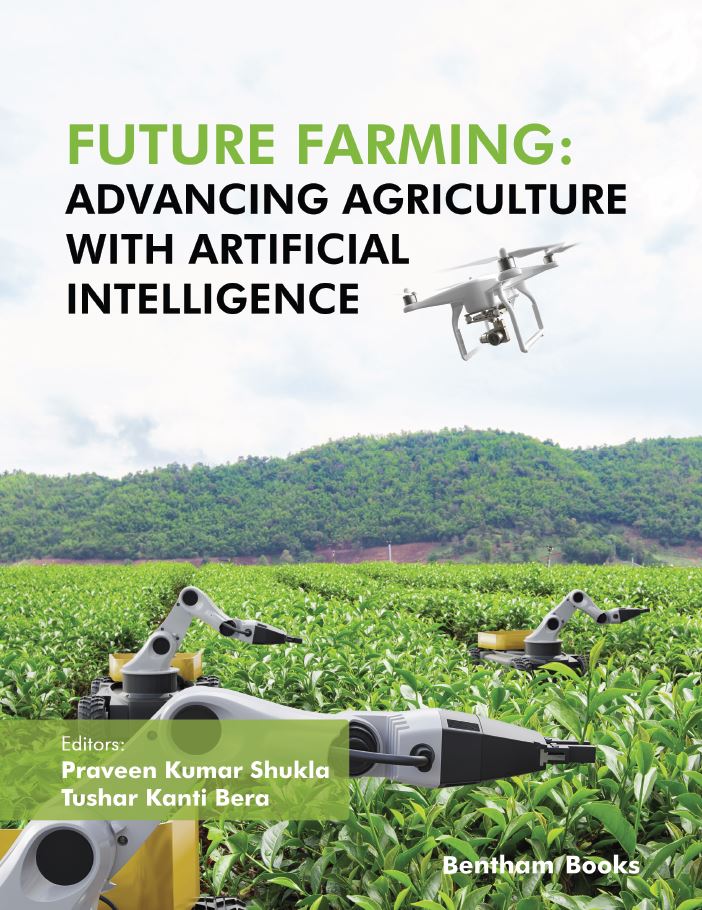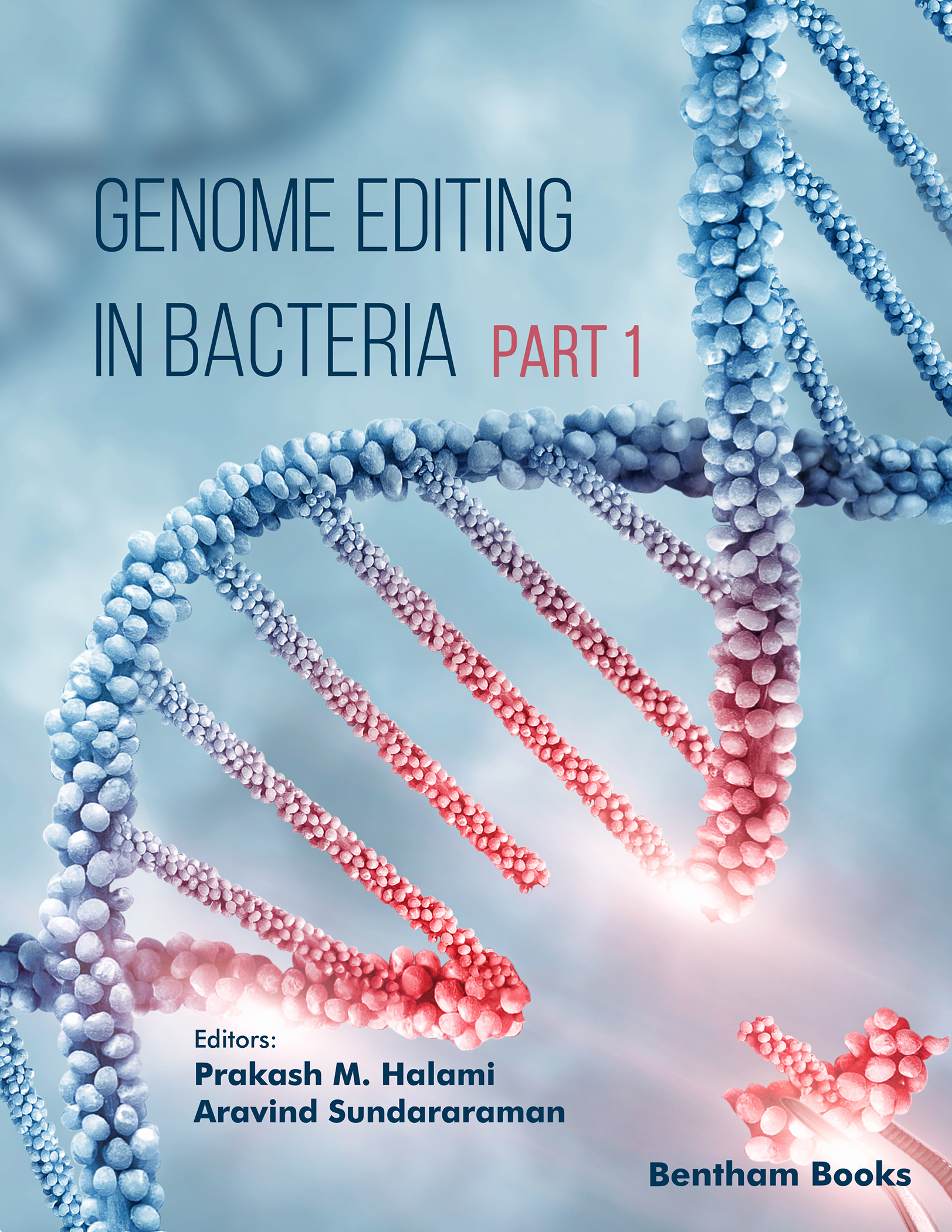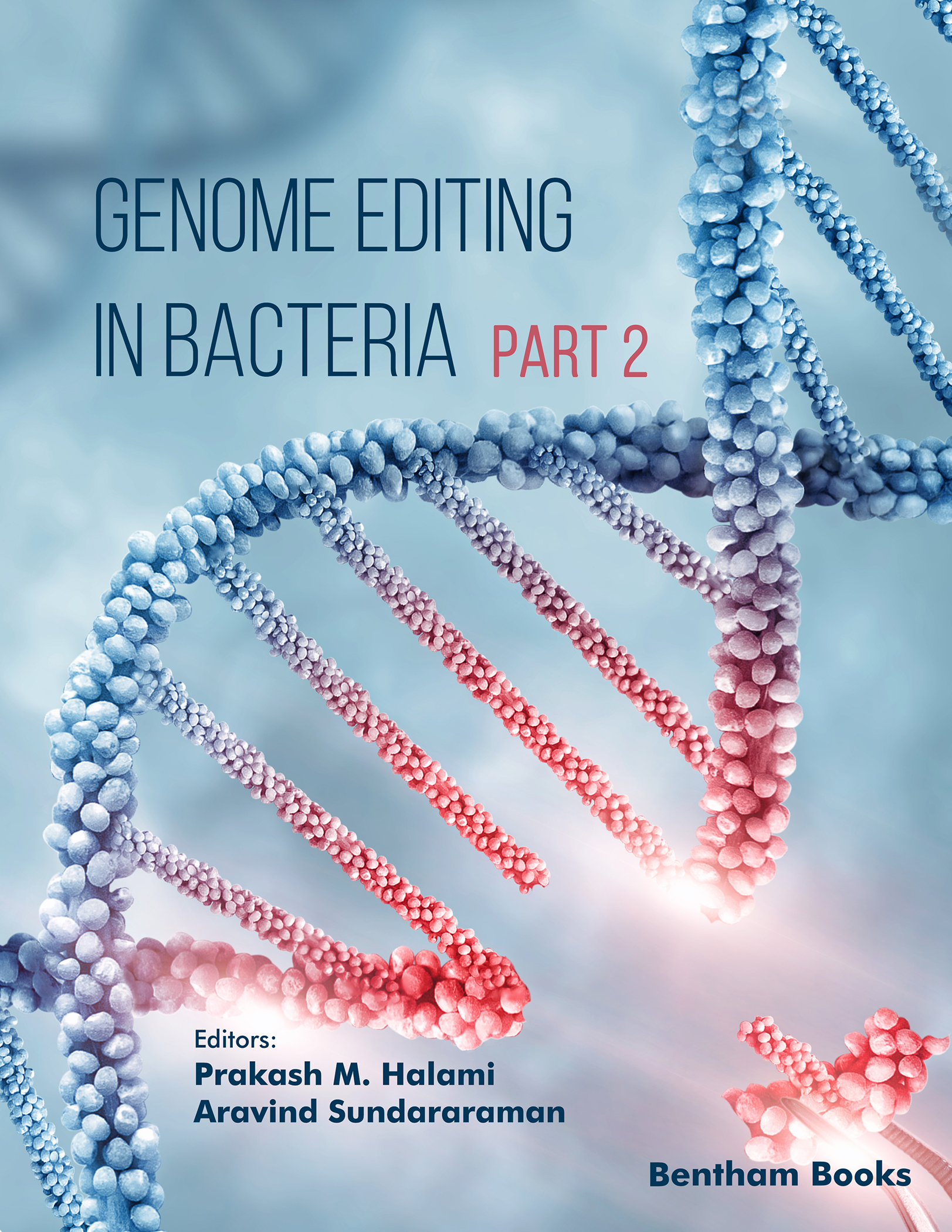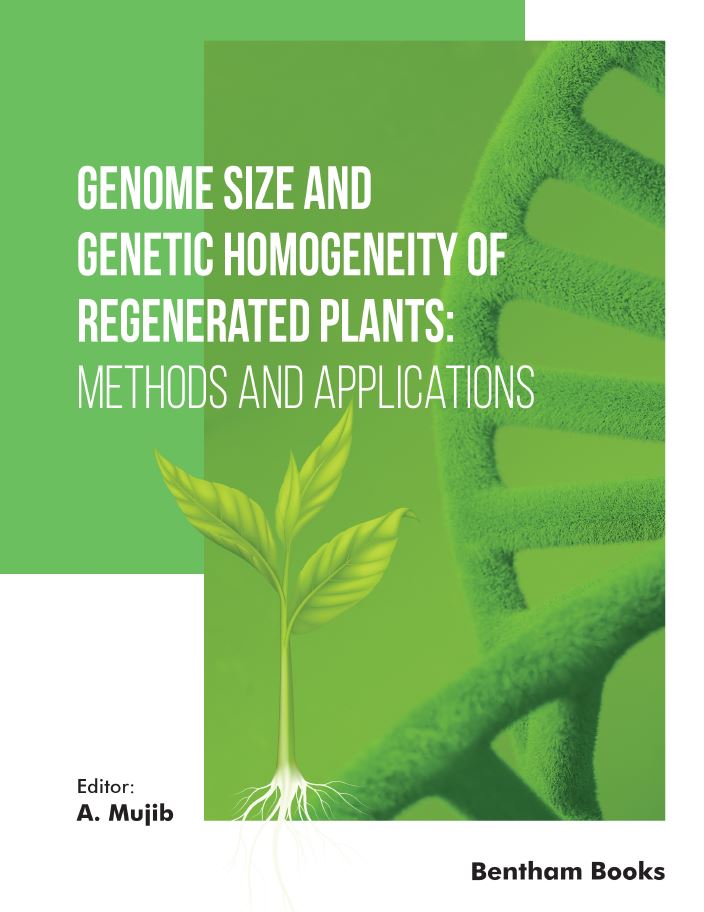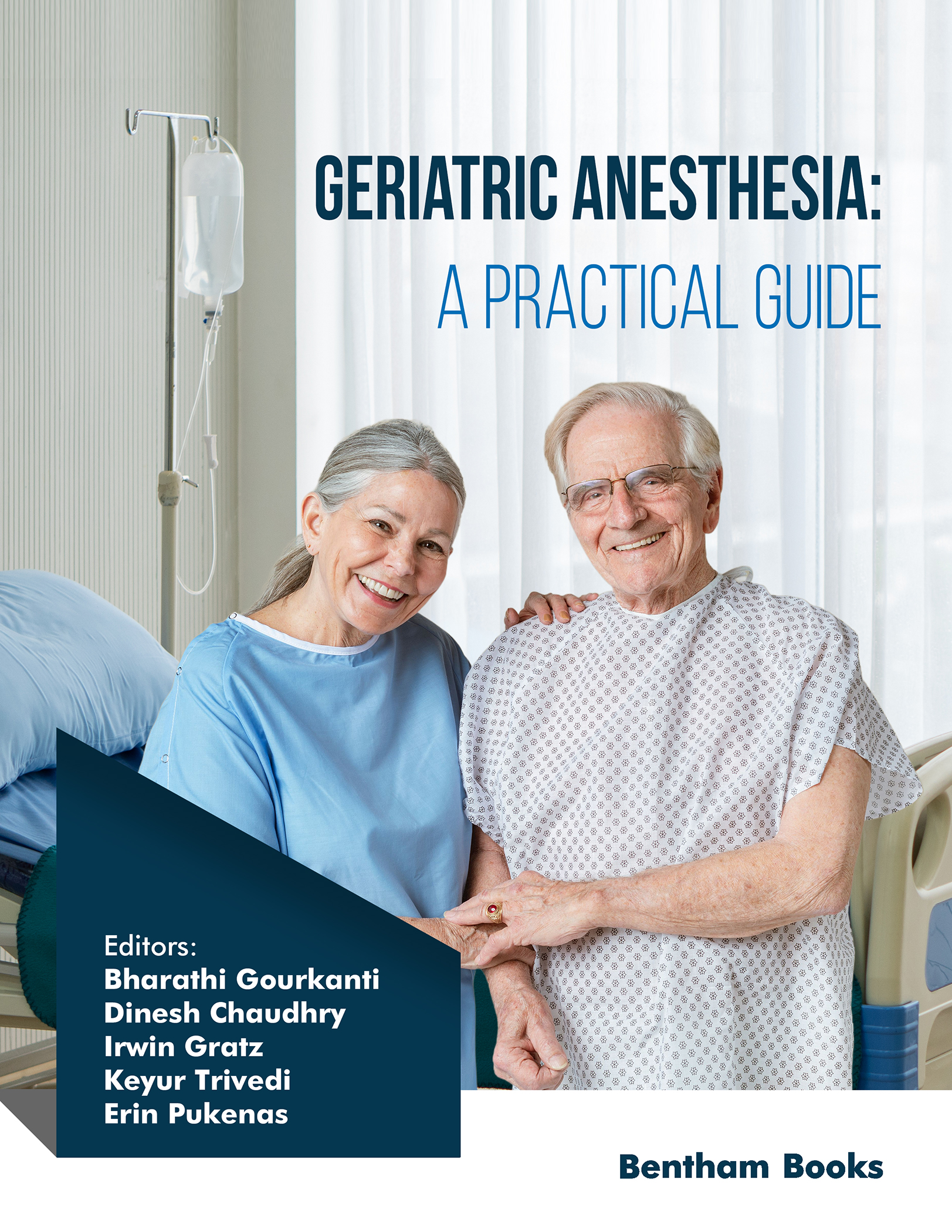- Home
- Publishers
- Bentham Science Publishers
Bentham Science Publishers
Bentham Science Publishers is a major publisher of more than 100 peer-reviewed science, technology and medical (STM) journals, along with a rapidly growing collection of eBooks. Since 1993, Bentham Science Publishers has been catering to the information needs of the pharmaceutical, engineering, biomedical and medical research community.401 - 420 of 812 results
-
-
Frontiers in RNAi: Volume 1
More LessRNA interference (RNAi) is a biological process in which small nucleotide sequences destroy specific mRNA molecules and, therefore, interrupt genetic expression. RNAi has rapidly developed into a widely used technique in biotechnology, experimental biology, genomics and medicine. Frontiers in RNAi is a collection of research articles covering the applications of RNAi principles and technologies and has been compiled by members of the RNAi Global Initiative, a collection of academic and industrial groups with extensive experience in genome-wide RNAi screening. Chapters included in the first volume touch on some of the recent advances in RNAi technology (i.e., applications to 3D cell culture, drug repurposing, and bioproduction) and provide guidance on how to address the continued challenges associated with off-target effects, database structuring, and pooled shRNA screens.
-
-
-
Frontiers in Stem Cell and Regenerative Medicine Research: Volume 10
More LessStem cell and regenerative medicine research is an important area of clinical research which promises to change the face of medicine as it will be practiced in the years to come. Challenges in the 21st century to combat diseases such as cancer, Alzheimer's disease and retinal disorders, among others, may well be addressed employing stem cell therapies and tissue regeneration techniques. Frontiers in Stem Cell and Regenerative Medicine Research brings updates on multidisciplinary topics relevant to stem cell research and their application in regenerative medicine. The series is essential reading for researchers seeking updates in stem cell therapeutics and regenerative medicine.
Volume 10 includes 5 chapters on these topics:
-Novel drugs and their stem cell-based targets for osteoporosis: challenges and proceedings
-The role of cancer stem cells in disease progression and therapy resistance
-Stem cells from human exfoliated deciduous teeth in tissue regeneration
-The fate of toxicological studies: from animal models to stem cell-based methods
-Effect of material properties on differentiation of mesenchymal stem cells
-
-
-
Functional Bio-based Materials for Regenerative Medicine From Bench to Bedside (Part 1)
More LessFunctional Bio-based Materials for Regenerative Medicine: From Bench to Bedside explores the use of bio-based materials for the regeneration of tissues and organs. The book presents an edited collection of 28 topics in 2 parts focused on the translation of these materials from laboratory research (the bench) to practical applications in clinical settings (the bedside). Chapter authors highlight the significance of bio-based materials, such as hydrogels, scaffolds, and nanoparticles, in promoting tissue regeneration and wound healing. Topics included in the book include: - the properties of bio-based materials, including biocompatibility, biodegradability, and the ability to mimic the native extracellular matrix. - fabrication techniques and approaches for functional bio-based material design with desired characteristics like mechanical strength and porosity to promote cellular attachment, proliferation, and differentiation - the incorporation of bioactive molecules, such as growth factors, into bio-based materials to enhance their regenerative potential. - strategies for the controlled release of molecules to create a favorable microenvironment for tissue regeneration. - the challenges and considerations involved in scaling up the production of bio-based materials, ensuring their safety and efficacy, and obtaining regulatory approval for clinical use Part 1 covers techniques for tissue engineering, wound healing and skin engineering. It also presents reviews on techniques such as acellular synthesis and 3D bioprinting. Materials highlighted in this part include chitosan-based nanoparticles, nanocollagen-based materials and plant based composites. Functional Bio-based Materials for Regenerative Medicine: From Bench to Bedside is a valuable reference for researchers in biomedical engineering, cell biology, and regenerative medicine who want to update their knowledge on current developments in the synthesis and application of functional biomaterials.
-
-
-
Functional Composite Materials: Manufacturing Technology and Experimental Application
More LessThis book highlights the advancements in the manufacture and testing of functional composites, metal matrix composites and polymer matrix composites. Chapters provide information about machinability studies of metals and composites using a variety of analytical techniques. The 12 book chapters also highlight updates in manufacturing technologies like CNC turning processes, electrical discharge machining, end milling, abrasive jet machining, electro chemical machining, additive manufacturing, and resistance spot welding. Readers will learn how to solve applied problems in industrial processing and applications. The book is of significant interest to industrialists working on the basic and experimental parameters for fabricating functional composites and manufacturing technology. Because of the multidisciplinary nature of the presented topics, the information presented in the book is of value to a broad audience involved in research, including materials scientists, chemists, physicists, manufacturing and chemical engineers and processing specialists who are involved and interested in the frontiers of composite materials.
-
-
-
Functional Foods for Health Maintenance: Understanding their Role in Cancer Prevention
More LessThe comprehensive information about the inverse relationship between the incidence of cancer and the consumption of natural food has impacted our understanding of the biochemical mechanisms behind cancer and its treatment. Functional Foods for Health Maintenance: Understanding their Role in Cancer Prevention is a review of pre-clinical studies unraveling the chemotherapeutic potential of phytochemicals and other food sources. The editors attempt to summarize the evidence, methods and techniques for identifying specific nutraceuticals and foods capable of interfering and reducing the risk of cancer.
The book compiles 19 edited chapters that cover the chemopreventive effects of different phytochemicals, animal and stem cell models for cancer prevention, and novel nanotechnology-based nutraceuticals. The contributors have also highlighted the techniques employed for the detection of cancer with a review on cancer biomarkers. The book is a resource for post-graduate students and researchers working in the field of nutrition, molecular biology, chemoprevention, biochemistry and pharmaceutical sciences.
-
-
-
Functional Molecular Imaging In Hepatology
More LessThe eBook discusses how the special physiology of the liver must be considered when applying functional molecular imaging in hepatology. The main topics of the eBook include the clinical and scientific use and possibilities of functional molecular imaging for investigations of hepatic blood perfusion, substrate metabolism, and biliary secretion as well as for cancer diagnostics (primary and secondary liver cancers). Functional imaging of changes in cerebral blood perfusion and metabolism in patients with liver diseases is also covered. The eBook is written by internationally renowned experts and is intended for everyone who is interested in hepatology or functional molecular imaging.
-
-
-
Fundamentals of Analysis In Physics
More LessMany beginners find physics to be a challenging subject to learn, and the difficulty extends to each branch of physics. It would be preferable for beginners to learn about different branches of physics as quickly as possible with a simplified understanding of the relevant mathematical relationships. After learning the position of each field in physics, it becomes easier to learn details of each field. In this book, special functions are not used to explain the solutions of equations.
Fundamentals of Analysis In Physics summarizes the analytical methods in different fields of physics The book covers several known fields of physics and is a useful text for beginners in physics, college and university students, and working professionals who may not have a background in mathematics or physics.
Key features:
- Summarizes information about different fields in physics in 150 pages
- Covers 7 different fields of physics (classical mechanics, electromagnetism, quantum mechanics, relativistic quantum mechanics, statistical mechanics and more) in 7 separate chapters
-Contains simple explanations without the use of special functions.
-
-
-
Fundamentals of Cellular and Molecular Biology
More LessFundamentals of Cellular and Molecular Biology is a comprehensive textbook designed to explain the molecular mechanisms that underpin the functions and structures within living organisms. This resource focuses on improving the reader's understanding and exploration of the cellular and molecular basis of life, emphasizing the latest research findings and technological advancements. The book is structured into 18 chapters that systematically cover topics ranging from the basic structural components of cells to the complex processes of gene expression, protein synthesis, and cell signaling. It offers a detailed examination of DNA replication, repair mechanisms, and the molecular basis of genetic diseases. Additionally, the book explains the application of molecular biology in biotechnology, medicine, and environmental science, as well as advanced topics like cloning, gene therapy, and molecular diagnostics.
Key features:
- Clear explanations of complex concepts, bridging basic biology concepts with applied scientific fields
- Uses real-world examples to illustrate scientific principles
- Includes information on the latest research and technological breakthroughs.
- Glossaries and references for each chapter
- Facilitates learning with diagrams, flowcharts, and tables that summarize critical information, making complex subjects accessible.
Fundamentals of Cellular and Molecular Biology is an essential resource for students in life science courses such as biology, biochemistry, biotechnology, and medicine.
-
-
-
Fundamentals of Computational Methods for Engineers
More LessThis textbook bridges the gap between introductory and advanced numerical methods for engineering students. The book initially introduces readers to numerical methods before progressing to linear and nonlinear equations. Next, the book covers the topics of interpolation, curve fitting and approximation, integration, differentiation and differential equations. The book concludes with a chapter on advanced mathematical analysis which explains methods for finite difference, method of moments and finite elements.
The book introduces readers to key concepts in engineering such as error analysis, algorithms, applied mathematics with the goal of giving an understanding of how to solve engineering problems using computational methods. Each of the featured topics is explained with sufficient detail while retaining the usual introductory nuance. This blend of beginner-friendly and applied information, along with reference listings makes the textbook useful to students of undergraduate and introductory graduate courses in mathematics and engineering.
-
-
-
Fundamentals of Educational Technology
More LessEducational technology refers to the preparation and use of electronic resources, computer applications, and audio-visual aids which are used in the teaching and learning process. For administrators, the term also includes the planning, organization validation, evaluation, and implementation of all kinds of educational programs. Educational technology is now important for the selection of appropriate teaching media as well as the development, and application of curricula. Fundamentals of Educational Technology work explains the basic facts about educational technology to inform teachers and students. The book includes 6 chapters which cover the subject in a simple manner suitable for learners in education programs. Key Features: - 6 organized chapters on the basics of educational technology and media - Simple reader-friendly organization of contents with relevant diagrams - Gives a historical perspective of the field - Gives an overview of digital and electronic tools for educators - Includes information about relevant teaching methods - Gives an overview of the role of electronic and digital media in education - Includes a section on the ethical use of educational technology Fundamentals of Educational Technology serves as a basic guide for educational instructors and administrators on educational technology and its role in teaching and designing educational programs at all levels.
-
-
-
Fundamentals of Materials Engineering- A Basic Guide
More LessFundamentals of Materials Engineering - A Basic Guide is a helpful textbook for readers learning the basics of materials science. This book covers important topics and fundamental concepts of materials engineering including crystal structure, imperfections, mechanical properties of materials, polymers, powder metallurgy, corrosion and composites. The authors have explained the concepts in an effective way and by using simple language for the benefit of a broad range of readers. This book is also beneficial to the students in engineering courses at B.Sc, M.Sc, and M.Tech. levels.
-
-
-
Fundamentals of Mathematics in Medical Research: Theory and Cases
More LessFundamentals of Mathematics in Medical Research: Theory and Cases is a comprehensive guide to the mathematical principles and methods used in medical research. This book is structured to facilitate learning and application and gives a solid foundation to readers. The book is divided into multiple parts that explain basic concepts in a progressive way.
- Part I covers real-valued functions of one or more variables with geometric representations to establish a core understanding of advanced mathematics
- Part II covers inferential methods of probability and statistics from basic probability to parametric and nonparametric tests
- Part III covers correlation theory and advanced analysis of real-valued functions
- Part IV covers multivariable analysis for solving complex problems with an explanation of Markov Chain models
- An Appendix provides solutions for all exercises and along with Fortran 90 programs, Python scripts and Linux scripts to explore the mathematical concepts explained in the book.
Key Features:
Introduction and Conclusion in Every Chapter
Exercises and Solutions
Program codes and scripts
Comprehensive Coverage of Mathematics for Academics and Research
Real-World Cases
This book is an essential resource for researchers, students, and professionals in medicine and allied fields who seek to understand and apply mathematical methods in their work.
-
-
-
Fundamentals of Nuclear Physics
More LessFundamentals of Nuclear Physics gives elementary understanding of nuclear and particle physics. The textbook offers an overview of the subject, providing students with a basic understanding about 1) the atomic structure and the nucleus, 2) equipment such as particle detectors, particle accelerators, and nuclear reactors, 3) radioactivity, and 4) elementary particles. Each chapter provides fundamental theoretical and experimental knowledge required for students to strengthen their concepts.
Other key features of the book include:
- Structured chapters designed for easy reading and stimulating interest for learners
- Sophisticated figures
- Thoroughly solved equations
- Bibliographic references for further reading
- Updated information about different types of nuclear reactors
- Information about nuclear astrophysics Fundamentals of Nuclear Physics is suitable for introductory undergraduate courses in nuclear physics as well as more innovative courses geared towards nuclear engineering.
-
-
-
Fungal Lipid Biochemistry
More LessFungal Lipid Biochemistry explores the intricate biochemistry of fungal and microbial lipids. The book focuses on recent advances in our knowledge about the distribution, classification, and biochemistry of fungal lipids. The book is divided into four sections, starting with an introduction to fungal lipids which includes definition, classification, nomenclature, and some historical aspects of fungal lipid research. This is followed by an overview of fungal lipids, and environmental and nutritional cultural conditions affecting lipid production. The second section contains four chapters that explain the metabolism of fatty acids, their biosynthetic pathways together with their storage mainly in the form of triacylglycerols. The latter includes a key description of the recently discovered lipid droplet acting as a highly specific cellular compartment for the storage of neutral lipids. The third section contains five chapters concerned with the relatively recent interpretation of other major lipid classes which include glycerophospholipids, sphingolipids, aliphatic hydrocarbons, sterols, carotenoids, and polyprenols and their occurrence and biosynthesis. The final section covers lipid metabolism during fungal development and sporulation. Key features - Extensive coverage of fungal lipid biochemistry, with a focus on recent knowledge - Includes chapters for specific lipid classes with notes on their metabolism - Gives knowledge about the role of lipids in fungal growth and development - Provides references for further reading This book is a comprehensive reference for academics, scientific researchers, and industrial scientists (in biotechnology, food science and nutritional health) who require information about fungal lipid composition and biochemistry.
-
-
-
Future Farming: Advancing Agriculture with Artificial Intelligence Intelligence
More LessArtificial Intelligence is playing a vital role in implementing the smart methods for the agriculture and it will change the aspects of performing agricultural activities. The objective of this book is to inform readers about how artificial intelligence is improving agriculture by exploring its applications. The book addresses several aspects of the artificial intelligence applications in the smart agriculture including, pest control, leaf disease identification, identification of weed, field security and applications of drones in smart farming. Chapters are contributed by experts in agriculture, computer science and biotechnology.
Key Themes:
Advanced machine learning techniques for pest control and disease identification
Automated recognition and classification of plant diseases, focusing on tomatoes and pearl millet
Integration of artificial intelligence for solar-powered robots to identify weeds and damages in vegetables
Development of field prevention systems to deter wild animals in farming areas
Utilization of machine learning for weather forecasting to facilitate smart agriculture practices
Intelligent crop planning and precision farming through AI applications
Integration of artificial intelligence and drones to enhance efficiency and effectiveness in smart farming operations
Other features of the book include a list of references and simple summaries in each chapter to distil the information for readers.
The book is a reference material for courses on automation in agriculture and as a handbook for anyone interested in new advances in farming.
-
-
-
Genome Editing in Bacteria (Part 1)
More LessThis reference is a comprehensive review of genome editing in bacteria. The multi-part book meticulously consolidates research findings and insights on the applications of bacteria across several industries, including food processing and pharmaceutical development. The book covers four overarching themes for readers: a historical perspective of genome editing, genome editing in probiotics, applications of genome editing in agricultural microbiology and genetic engineering in environmental microbiology. The editors have also compiled chapters that provide an in-depth analysis of gene regulation and metabolic engineering through genome editing tools for specific bacteria.
Key topics in part 1:
- An Overview of advances in CRISPR-CAS research
- Applications of CRISPR/CAS9-based genome editing for industrial microorganisms
- Gut microbiome modulation to address gut dysbiosis
- Bifidobacterium genome editing for probiotic development and metabolic engineering.
- Insights into the use of lactic acid bacteria as starter cultures in the food
- Genome editing of vegetable-derived L. Plantarum
- Genome editing in Bacillus Licheniformis
Genome Editing in Bacteria is a definitive reference for scholars, researchers and industry professionals navigating the forefront of bacterial genomics.
-
-
-
Genome Editing in Bacteria (Part 2)
More LessThis reference is a comprehensive review of genome editing in bacteria. The multi-part book meticulously consolidates research findings and insights on the applications of bacteria across several industries, including food processing and pharmaceutical development. The book covers four overarching themes for readers: a historical perspective of genome editing, genome editing in probiotics, applications of genome editing in agricultural microbiology and genetic engineering in environmental microbiology. The editors have also compiled chapters that provide an in-depth analysis of gene regulation and metabolic engineering through genome editing tools for specific bacteria.
Key topics in part 2:
- Targeting pathogenic microbes for plants and animals using CRISPR-CAS
- Genome editing microbes to improve crop yield plant growth for sustainable agriculture
- Applications of genome editing for bioremediation
- Microbial genome editing for environmental bioprocessing
- Genetic engineering for methanotrophs
- Genome engineering in Cyanobacteria
- Genome editing in Streptomyces
Genome Editing in Bacteria is a definitive reference for scholars, researchers and industry professionals navigating the forefront of bacterial genomics.
-
-
-
Genome Size and Genetic Homogeneity of Regenerated Plants: Methods and Applications
More LessThis reference is a timely compilation of studies of genome size and genetic stability of regenerated plants. It presents 13 book chapters that cover recent advancements in CRISPR/Cas-based genome editing, the use of molecular markers to analyze somaclonal variation in tissue culture, and genetic stability assessment in various plant species, including medicinally valuable plants like Valeriana and Coffea. The book also highlights the role of flow cytometry in investigating polyploidy and provides valuable insights into genetic fidelity assessment of micropropagated woody plants and orchids. The contributors have shed light on the intra-specific and inter-specific genome and chromosome number variation with reference to gene duplication and DNA sequence loss. Molecular techniques for detecting ploidy levels and genetic homogeneity in regenerated plantlets are also discussed. Additional highlights of the book include brief guidelines for experimental protocols for flow cytometry and molecular markers, coverage of a wide range of plants, and supporting references. This is an excellent reference for biologists, geneticists, and plant scientists exploring genetic homogeneity and genome size variation in diverse plant groups.
-
-
-
Geriatric Anesthesia: A Practical Guide
More LessGeriatric Anesthesia: A Practical Guide is a comprehensive reference on geriatric anesthesia. The book is divided into three sections. The first section covers the basics of both anatomical and physiological changes in senescence, and important polypharmacy considerations common in elderly patients. The next section covers anesthesia for cardiac and non-surgical patients. Various controversies and legal ethical issues that are particularly significant in the elderly such as advance directives, code status discussions, specific patient groups and shared decision-making prior to surgical interventions, are covered in the final section.
Key features
- 20 referenced chapters covering basic geriatric anesthesia considerations, cardiac and non-surgical patients and special topics, respectively
- Contributions and references from experienced anesthesiologists
- Emphasis on tailoring perioperative management depending on specific circumstances of patients
- Addresses novel and commonly overlooked topics related to the geriatric population
This book is a guide for both anesthesia providers and non-anesthesia medical providers, trainees and students. It equips them with necessary information to understand and devise anesthetic plans while being aware of postoperative complications and the respective treatment and management options.
-


